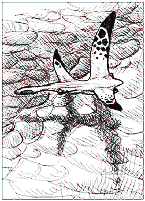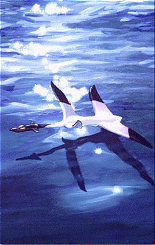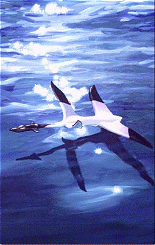The making of...
|
Digital painting
Most digital artists use Photoshop, but I found Painter closer to 'real' painting and hence easier to learn. Digital painting is rewarding and I have found it to allow as much expression as conventional painting does, while offering enormous time savings. I do miss the smell of artists' oils, though...
|
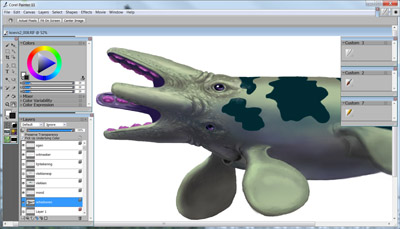
|
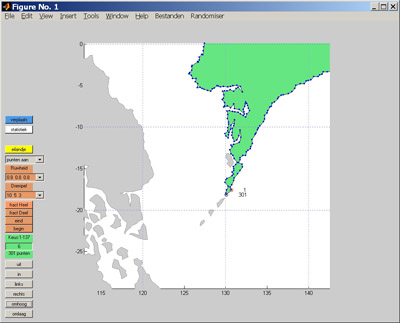
|
Programming
The walking animal animations were produced by a set of programs I wrote in the early '90s in BBC Basic on an Acorn Archimedes (sold through 'A&B Computing' under the name 'Chromium Dinosaurs').
The first animations of the cloakfish were prepared in the mid-nineties using MS-DOS Basic, believe it or not, because I could use that to write text files that could be read by Persistence of Vision (POV), a text-based and totally free raytracer (it still exists). The cloakfish and its allies were then rendered with POV.
These days I use Matlab for all programming, from animation to cartography. The image shown here is from a program written to help prepare coastlines with different degrees of fractal noise added to different stretches of coast. Just drawing them might have been quicker than writing the programs, but would have been boring.
|
|
Vue Infinite
'Vue Infinite' was used to produce the images in the plants section and to produce many illustrations in the blog, as well as the animations on the site and the blog. Vue can depict tens of thousands of plants in a scene, and place them according to terrain characteristics. Its major drawback is that is very fickle regarding your hardware.
|

|
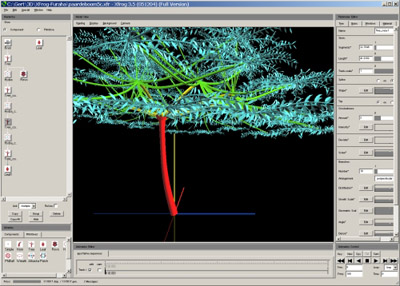
|
XFrog
Xfrog is a program with which branching stuctures can be designed, i.e. plants. I used it to design the trees in the plants section of the site, as well as for plants in the animations. There is an alternative now, 'the plant factory', that links better with Vue.
|
|
Celestia
Celestia is a free program that is serious enough to act as a planetarium but playful enough to add planets and solar systems of your own design. Here is Furaha, albeit with cloud covers on loan from the Celestia Motherlode. To depict planets it is unbeatable.
|
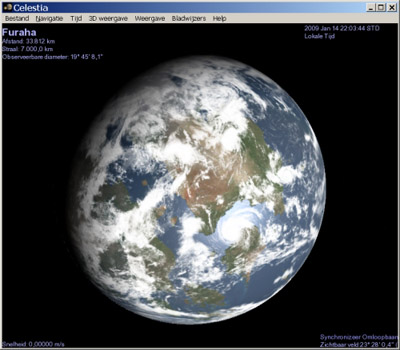
|
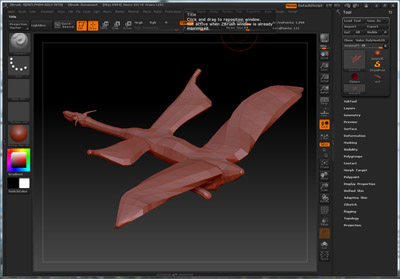
|
ZBrush
ZBrush is something I found useful but am not good with. But even without the ability to produce great 3D models, the rough stages can help a lot in determining a nice angle from which to view an animal. Here is a seasoar relative. Be certain to have a look at 'Sculptris', a free and simpler analogue programme.
|
|
InDesign
I have found Indesign very useful to produce the book covers for the New Hades book shop. I have also used it to produce spreads to showcase the Furaha work.
|

|
|
Where is it all going?
Hopefully towards an actual book, one day. If anyone knows of a publisher who might be interested, please let me know. The author can be reached by email; please replace the two letters 'AT' with the '@'-character and omit spaces: nastrazzurro AT gmail. com
|



